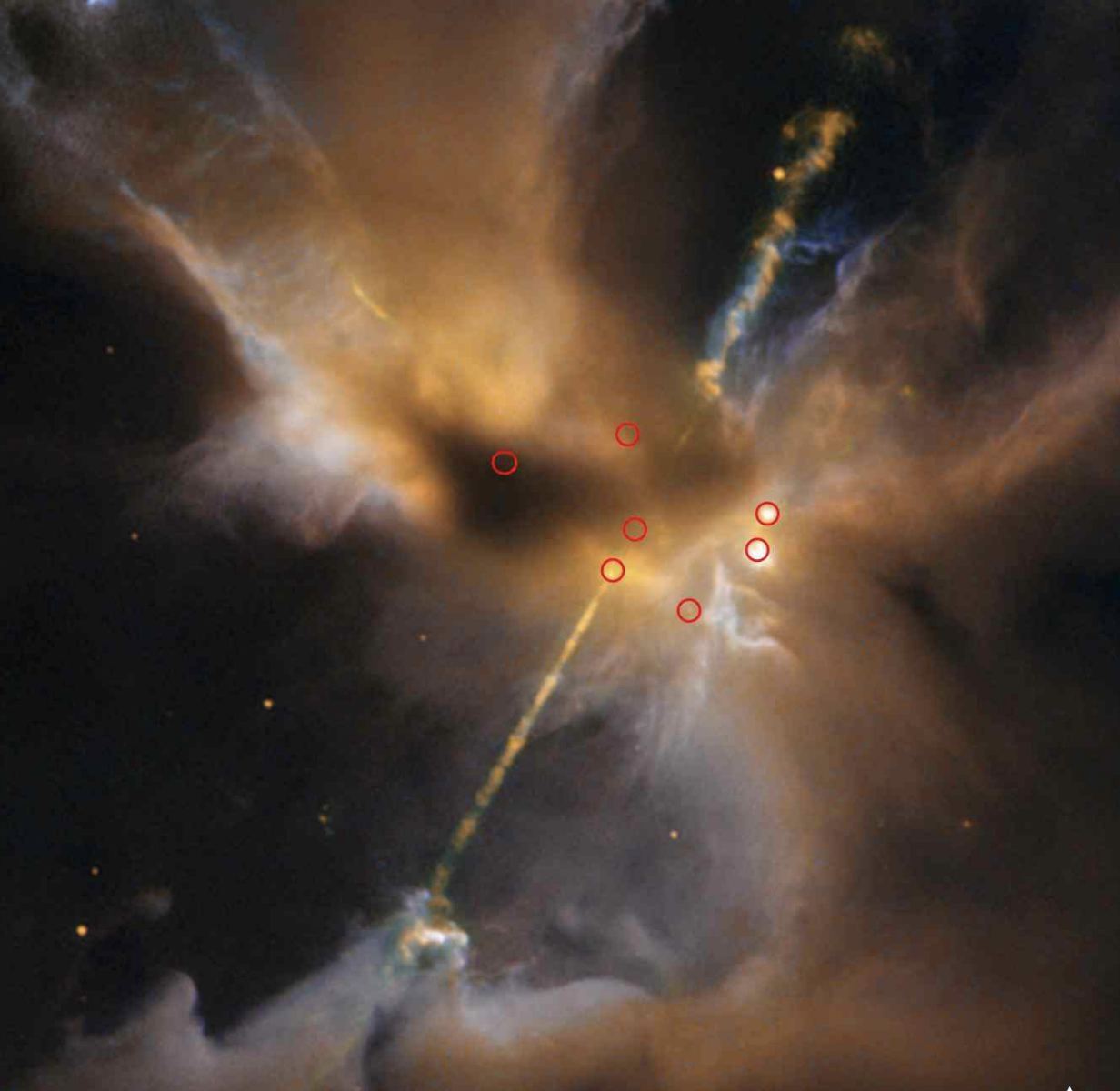Astronomers have performed an impressive suite of observations at multiple wavelengths of the same system, dubbed the HH 24 complex. This complex hosts stars in the process of being born and the impacts of their violent interactions with each other, including the ejection of one of their siblings.
Continue reading “Astronomers Spot an Orphaned Protostar”It’s Feeding Time For This Baby Star in Orion
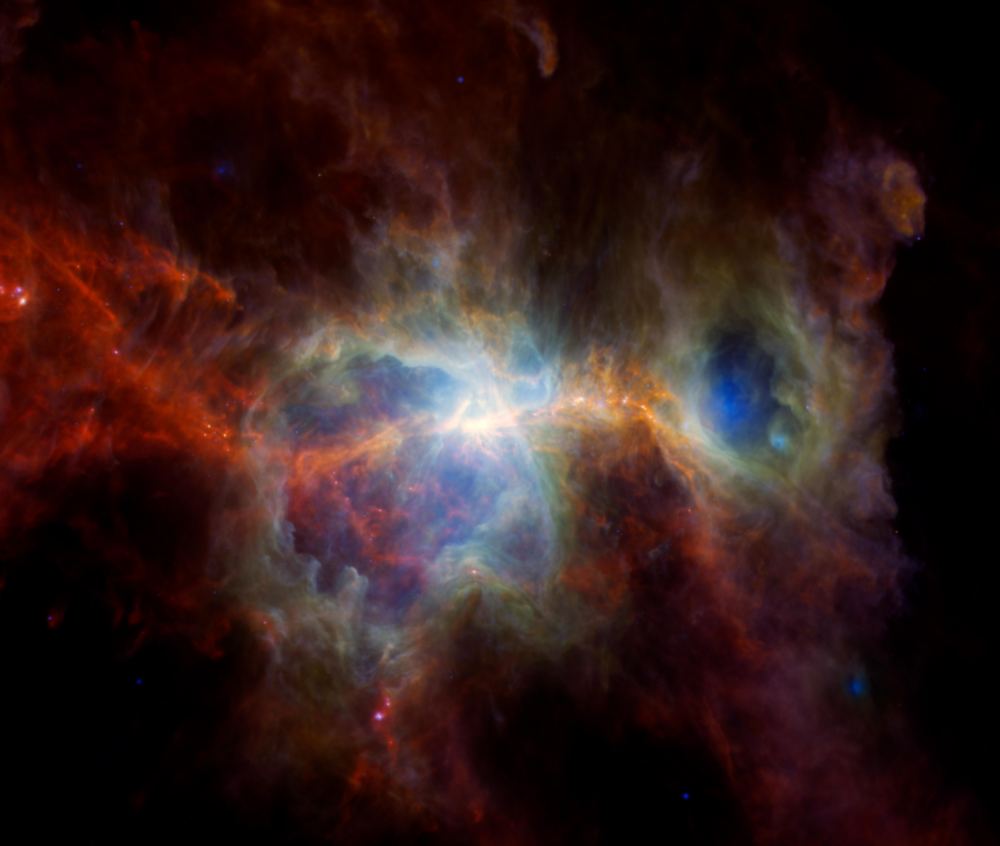
Young protostars are wrapped in what could be called a womb of gas and dust. The gas and dust nearest to them form a circumstellar disk as the stars grow. The disk is a reservoir of material that the star accretes as it grows.
But these stars don’t feed in a predictable rhythm. Sometimes, they experience feeding frenzies, periods of time they accrete lots of material from the disk at once. When that happens, they flare in bright bursts, “burping” as they absorb more material.
Continue reading “It’s Feeding Time For This Baby Star in Orion”Baby Gas Giants Cast Shadows on Their Siblings

A team of astronomers has caught glimpses of gas giants forming around a very young star.
The nascent giants are having a chilling effect on their potential siblings.
Continue reading “Baby Gas Giants Cast Shadows on Their Siblings”Hubble Sees a Dense Cloud of Gas and Dust That’s About to Become a Star
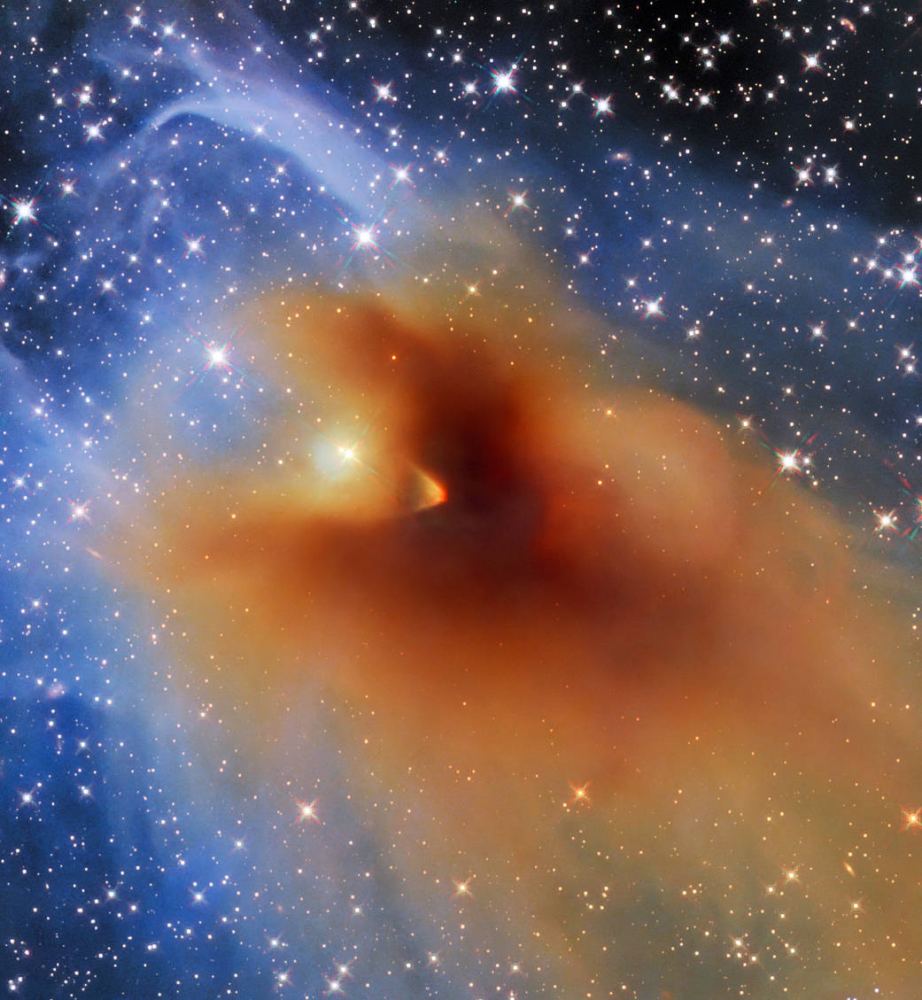
The process of star birth begins in a shroud of gas and dust. Hubble Space Telescope (HST) excels in showing detailed views of these stellar crêches because there’s still a lot to learn about them. Its latest image shows an object called a “dense core”, where a stellar embryo could already exist.
Continue reading “Hubble Sees a Dense Cloud of Gas and Dust That’s About to Become a Star”The Latest JWST Image Shows a Star in the Earliest Stage of Formation
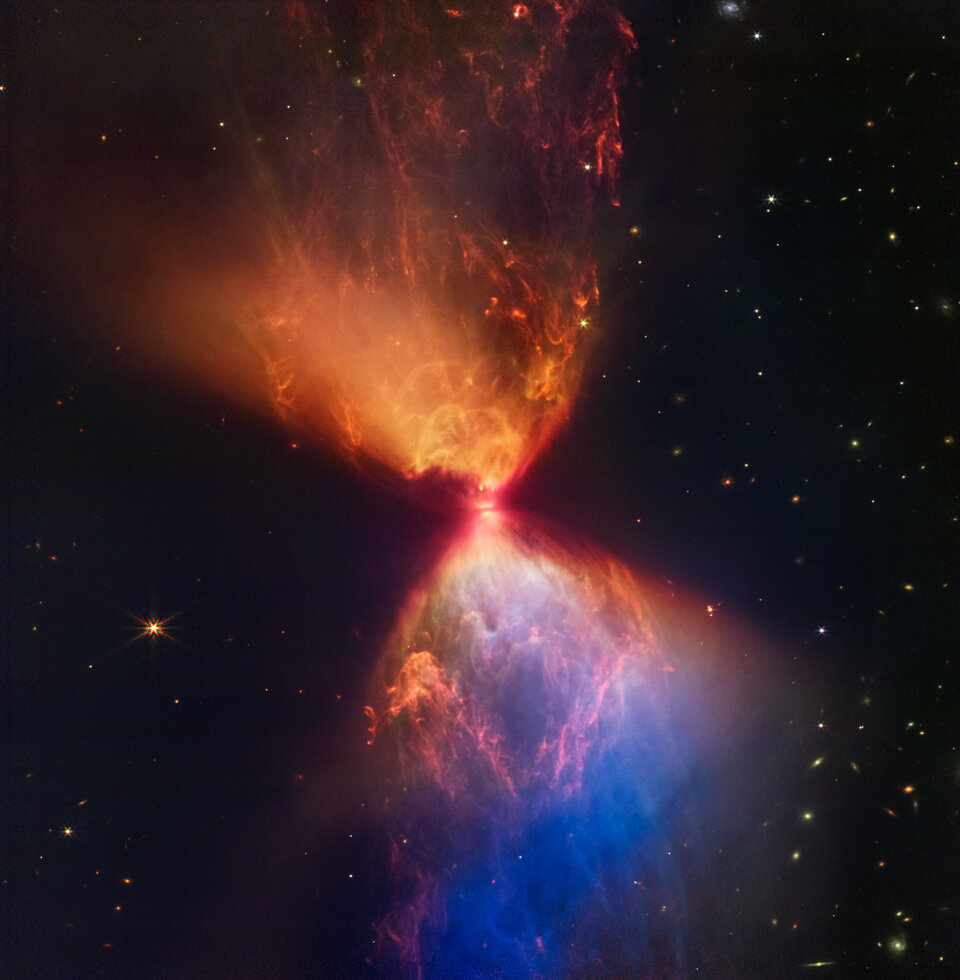
What’s the most exciting thing about the James Webb Space Telescope? The stunning images? The completion of its torturous path from concept to launch?
Or is it because it provides such compelling visual evidence of objects and processes long theorized about but difficult to observe?
Continue reading “The Latest JWST Image Shows a Star in the Earliest Stage of Formation”Too Many Supernovae Can Slow Star Formation in a Galaxy
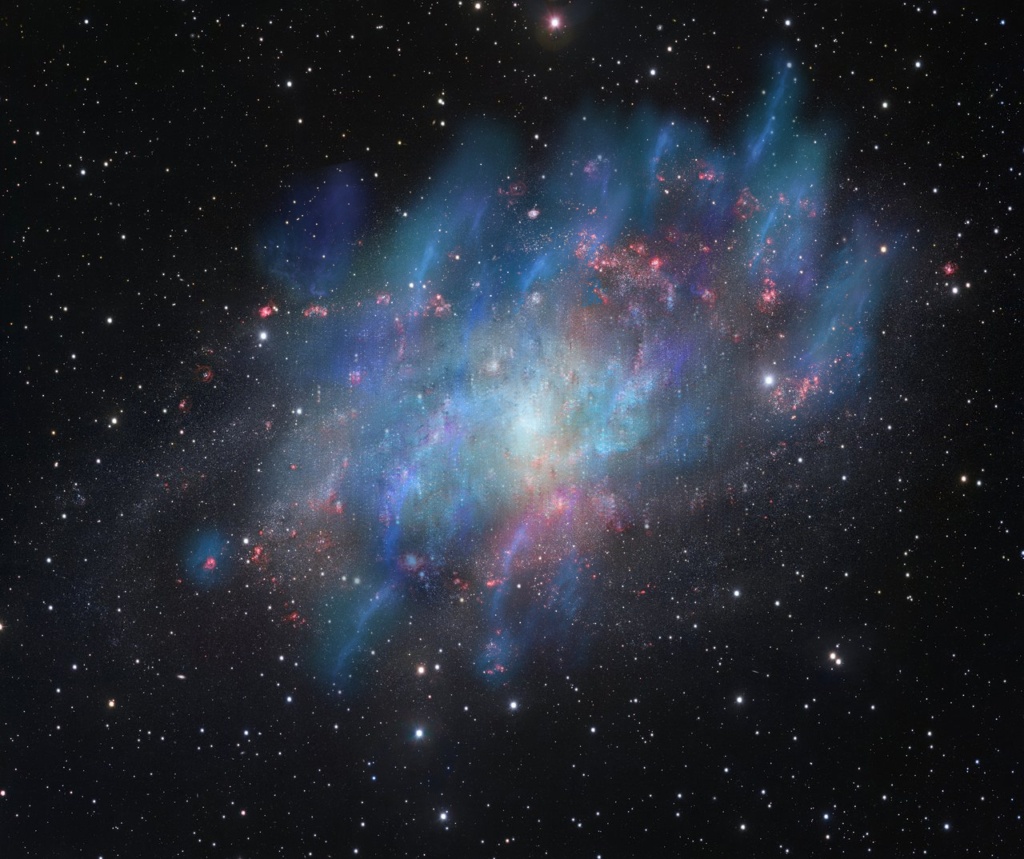
Interstellar winds are powerful agents of change. For one thing, they can interrupt or shut down the process of star birth completely. That’s what a team of astronomers using the Karl Jansky Very Large Array in New Mexico found when they studied the galaxy M33. They also learned that speedy cosmic rays play a huge role in pushing those winds across interstellar space.
Continue reading “Too Many Supernovae Can Slow Star Formation in a Galaxy”Another Version of the Pillars of Creation from Webb
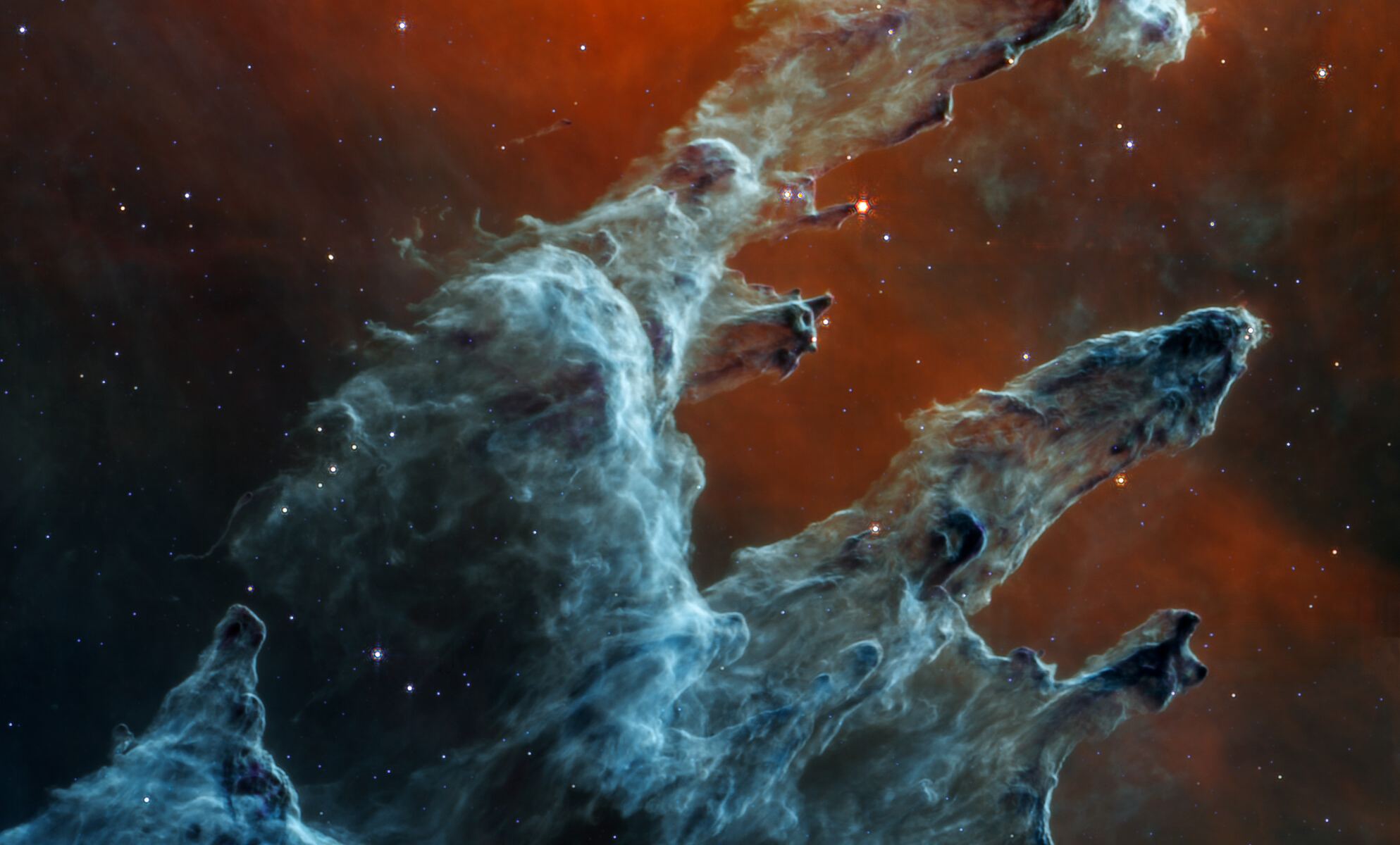
The hits just keep on streaming back to Earth from James Webb Space Telescope (JWST). This time, arriving to help celebrate Hallowe’en, data from the MIRI mid-infrared instrument onboard JWST shows another view of the Pillars of Creation. Thousands of stars are embedded in those pillars, but many are “invisible” to MIRI.
Continue reading “Another Version of the Pillars of Creation from Webb”Hubble Looks at Newly Forming Stars in a Stellar Nursery

When we look at images of star birth regions, they look both placid and active at the same time. That’s nowhere more true than in a stellar nursery associated with a so-called “Herbig-Haro” object. A recent image from Hubble Space Telescope zeroed in on two called “HH 1” and “HH 2”. It looked at the turbulence associated with a nearby newborn star system.
Continue reading “Hubble Looks at Newly Forming Stars in a Stellar Nursery”A Black Hole is Hurling a jet of Material at its Neighboring Galaxy
It’s been a banner time for black hole research! In recent months, astrophysicists have announced the discovery of the most powerful gamma-ray burst ever recorded (due to the formation of a black hole), a monster black hole in our cosmic backyard, the frame-dragging effects of a binary black hole, and the remains of the 2017 Kilonova event (spoiler alert: it was a black hole). And with the help of citizen scientists, a team of astronomers recently discovered a unique black hole in a galaxy roughly one billion light-years away that’s hurling a relativistic jet at another galaxy.
Continue reading “A Black Hole is Hurling a jet of Material at its Neighboring Galaxy”The First cry From a Brand new Baby Star
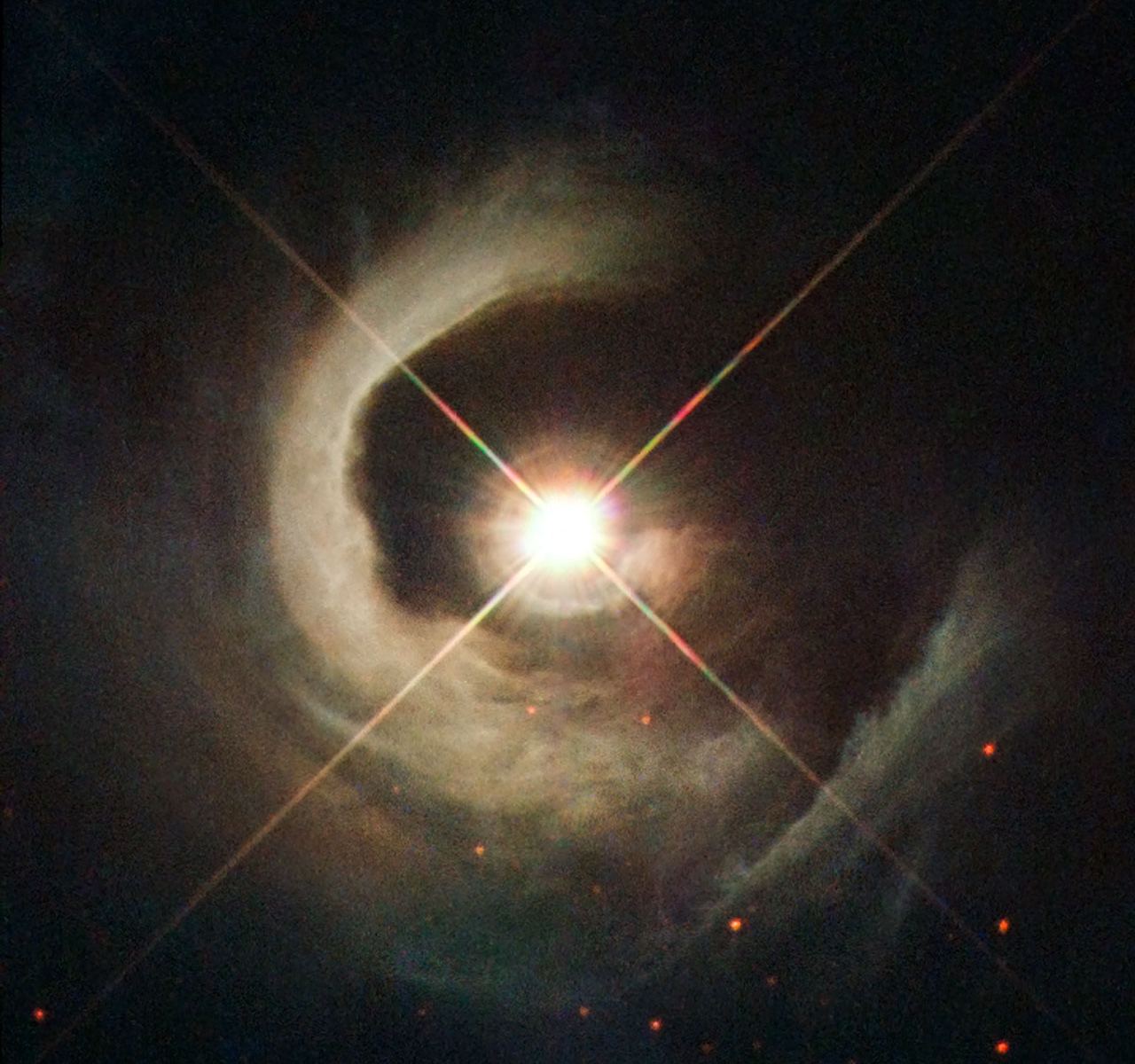
The early universe was a much different place than our own, and astronomers do not fully understand how baby stars grew up in that environment. And while instruments like the James Webb Space Telescope will pierce back into the earliest epochs of star formation, we don’t always have to work so hard – there may be clues closer to home.
Continue reading “The First cry From a Brand new Baby Star”
